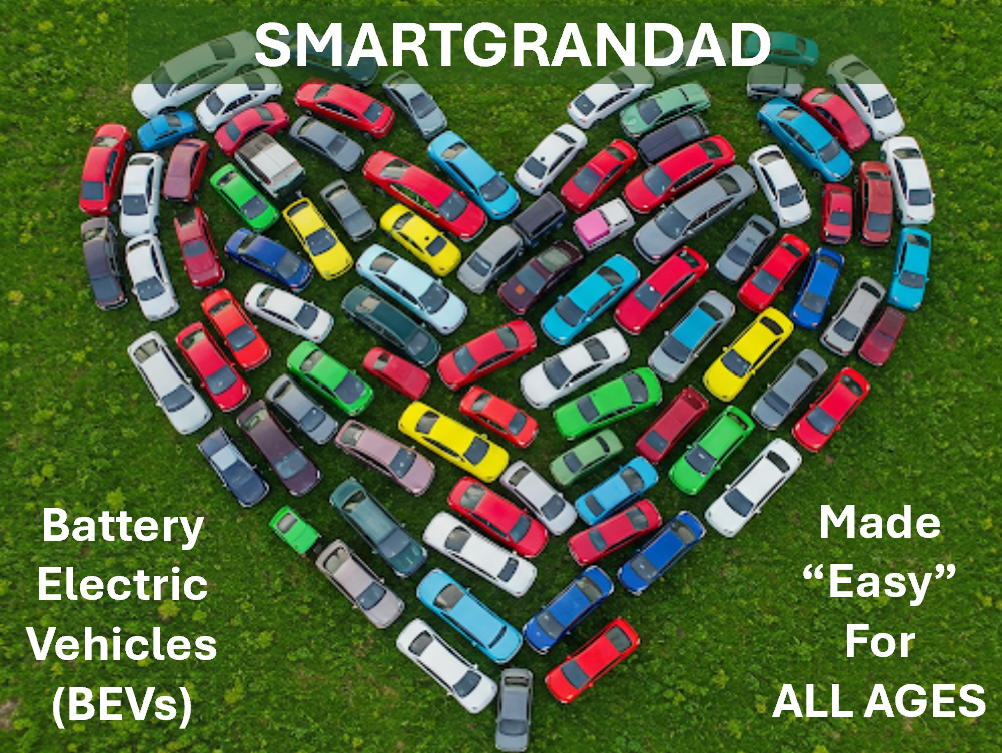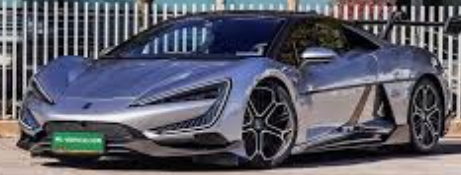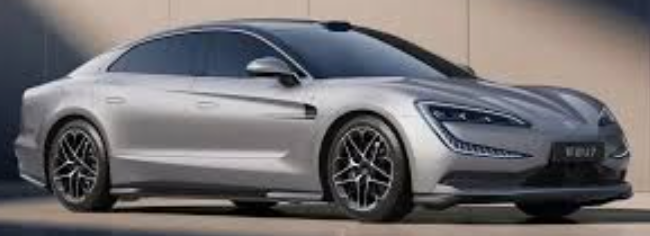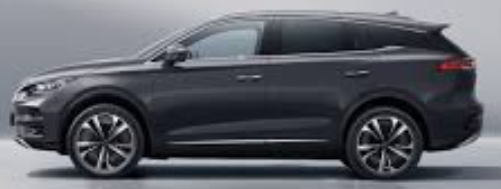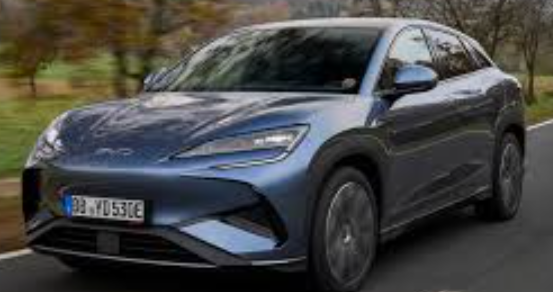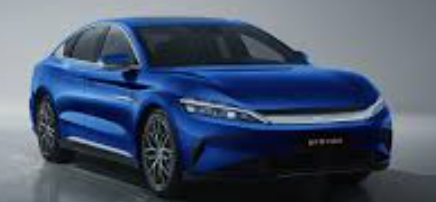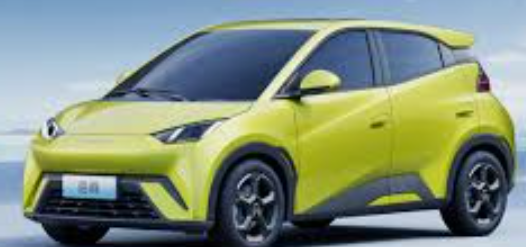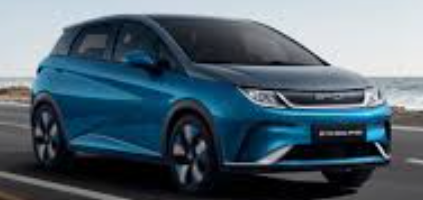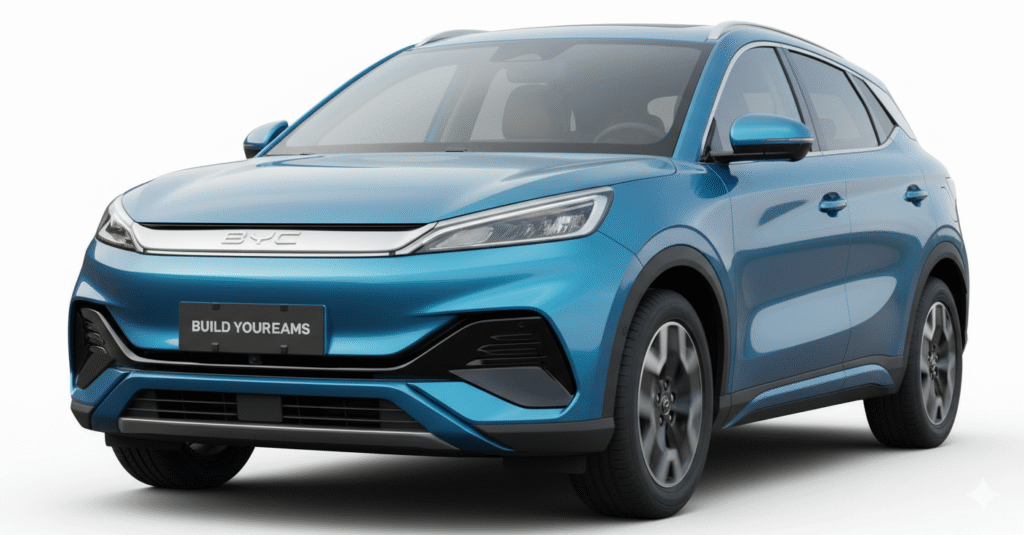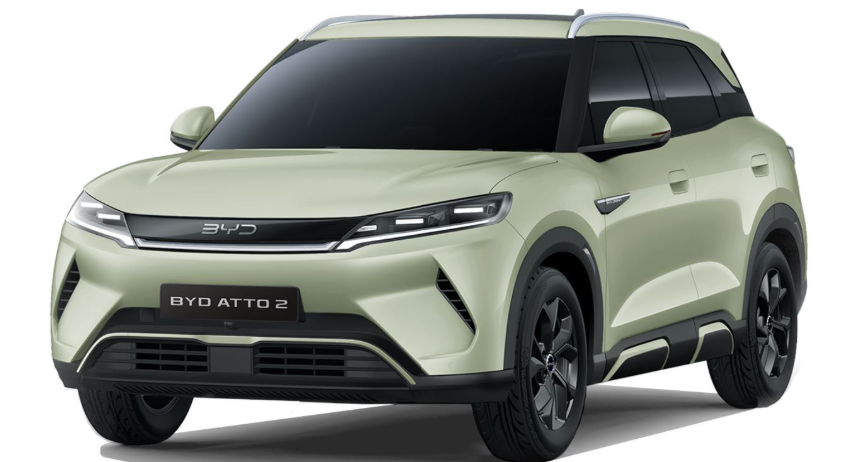BYD Seal
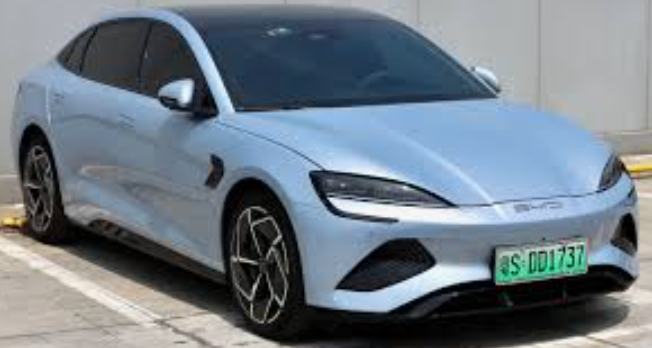
1. Body Style and Size Segment
The BYD Seal is a sleek, 5-seater sedan with dimensions of 4800 mm (length) x 1875 mm (width) x 1460 mm (height). It falls into the mid-size to large sedan segment.
2. Platform Architecture, Voltage, Range & Efficiency
Built on BYD’s e-Platform 3.0, the Seal utilizes an 800-volt electrical architecture. Battery options include 61.4 kWh and 82.5 kWh LFP Blade battery packs. WLTP estimated ranges vary from 460 km to 570 km, with energy consumption as low as 12.7 kWh/100 km (AWD).
3. Technical Capabilities (Driver Assistance Features)
The Seal is equipped with a comprehensive suite of Advanced Driver Assistance Systems (ADAS), including Adaptive Cruise Control, Automatic Emergency Braking, Lane Departure Warning, Blind Spot Detection, Traffic Sign Recognition, and a 360-degree camera system. A Head-Up Display is also available.
4. Quality of the Interior, Storage Capacity (Front & Rear)
The interior features a mix of quality materials and a modern design. Front storage is generous, including an underfloor space. The rear boot offers 400 liters of cargo capacity, supplemented by a 53-liter front trunk (“frunk”) ideal for charging cables.
5. App Functionality
The BYD app provides extensive remote functionalities, such as climate control, digital key (lock/unlock/start), vehicle location tracking, tire pressure monitoring, and access to roadside assistance and service center information. Wireless Apple CarPlay and Android Auto are standard.
6. 3 Pros and 3 Cons of Having This Car
Pros:
- Explosive performance, especially in AWD variants.
- High-quality and well-designed interior.
- Comprehensive suite of advanced driver assistance features.
Cons:
- Over-reliance on the touchscreen for many controls can be distracting.
- Rear headroom may be limited due to the sloping roofline.
- Boot space (400L) is less than some direct competitors.
7. Overall Summary
The 2025 BYD Seal stands out as a strong contender in the electric sedan market, offering competitive range, potent performance, and a feature-rich interior. While its reliance on touchscreen controls might not appeal to all, its overall package provides a compelling alternative to rivals like the Tesla Model 3 and Hyundai Ioniq 6, particularly with its advanced safety features and efficient Blade Battery technology.
Real world range estimates
The table below shows some estimated real-world examples in perfect condition and in conditions needing A/C to heat or cool vehicles. See our range guide to see how the range is affected in real world.
| Range | Consumption | |
|---|---|---|
| 90kmh/56mph perfect condition | 412km / 256 mi | 20 kWh/100km / 3,1 mi/kWh |
| 90kmh/56mph with 2KW heating | 380km /231mi | 22,2 kWh/100km /2,8 mi/kWh |
| 70mph/112kmh perfect condition | 359 km / 223 mi | 23 kWh/100km / 2,7 mi/kWh |
| 70mph/112kmh with 2KW heating | 333km / 207mi | 24,8 kWh/100km / 2,5 mi/kWh |
| 120kmh/75mph perfect condition | 351 km / 218 mi | 23,5 kWh/100km / 2,6 mi/kWh |
| 120kmh/75mph with 2KW heating | 328 km /204mi | 25,2 kWh/100km /2,5 mi/kWh |
